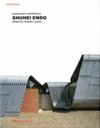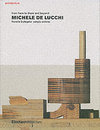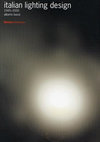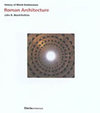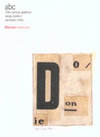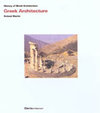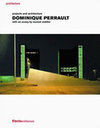
Interior design
Source: Wikipedia. Pages: 91. Chapters: Cushion, Green wall, Plasterwork, Top Design, MBH Architects, Houseplant, House painter and decorator, Ornament, Italian Baroque interior design, Interior architecture, Interior Design Education, Italian Rococo interior... Viac o knihe
Produkt je dočasne nedostupný
21.38 €
bežná cena: 24.30 €
O knihe
Source: Wikipedia. Pages: 91. Chapters: Cushion, Green wall, Plasterwork, Top Design, MBH Architects, Houseplant, House painter and decorator, Ornament, Italian Baroque interior design, Interior architecture, Interior Design Education, Italian Rococo interior design, Classroom design, Richard Wittschiebe Hand, American Society of Interior Designers, Baldachin, Decorative arts, Italian Neoclassical interior design, Gründerzeit, Retail design, International Interior Design Association, Tatami, Visual merchandising, Victorian decorative arts, The Antonio Treatment, Mini blind, Herter Brothers, Italian Renaissance interior design, Wreath, Open plan, Pub Design Awards, International Design Award, NCIDQ, Tin ceiling, Room divider, Annandale National Historic Site, D'decor, Neo-Victorian, Arts and Crafts Exhibition Society, Experiential interior design, Murphy bed, Hotel design, Healing environments, International Academy of Design & Technology - Schaumburg, French Decorative styles during the Reign of Louis XVI, A+b kasha, Interior design regulation in the United States, Shabby chic, E-1027, Tadelakt, Pipe and drape, The Decoration of Houses, International Archive of Women in Architecture, Nest, Toile, Fine Paints of Europe, Huo hei àn, Drapery, List of furniture types, Egyptian revival decorative arts, Office landscape, J.C. Hryb, Louis Quinze, Imm Cologne, Gloss, C & R Decor Arts, Spatial design, Art Workers Guild, Nimura and Sato, Transitional Style, Sea of cubicles, Light Reflectance Value, American Fancy, Shoji, Association of Registered Interior Designers of Ontario, 1970s in furniture, Window valance, Home accessories, Wall unit, Louis period styles, Dais, Farrow & Ball, Moroccan style, Polished plaster, Home Arts and Industries Association, Law of flat surfaces, ARRAY Magazine, Xuan Kong, Coved ceiling, Xylotechnigraphy, Occasional furniture. Excerpt: Plasterwork refers to construction or ornamentation done with plaster, such as a layer of plaster on an interior wall or plaster decorative moldings on ceilings or walls. This is also sometimes called pargeting. The process of creating plasterwork, called plastering, has been used in building construction for centuries. The earliest plasters known to us were lime-based. Around 7500 BC, the people of 'Ain Ghazal in Jordan used lime mixed with unheated crushed limestone to make plaster which was used on a large scale for covering walls, floors, and hearths in their houses. Often, walls and floors were decorated with red, finger-painted patterns and designs. In ancient India and China, renders in clay and gypsum plasters were used to produce a smooth surface over rough stone or mud brick walls, while in early Egyptian tombs, walls were coated with lime and gypsum plaster and the finished surface was often painted or decorated. Modelled stucco was employed throughout the Roman Empire. The Romans used mixtures of lime and sand to build up preparatory layers over which finer applications of gypsum, lime, sand and marble dust were made; pozzolanic materials were sometimes added to produce a more rapid set. Following the fall of the Roman Empire, the addition of marble dust to plaster to allow the production of fine detail and a hard, smooth finish in hand-modelled and moulded decoration was not used until the Renaissance. Around the 4th century BC, the Romans discovered the principles of the hydraulic set of lime, which by the addition of highly reactive forms of silica and alumina, such as vol...
- Vydavateľstvo: Books LLC, Reference Series
- Formát: Paperback
- Jazyk:
- ISBN: 9781156505588


 Anglický jazyk
Anglický jazyk 

